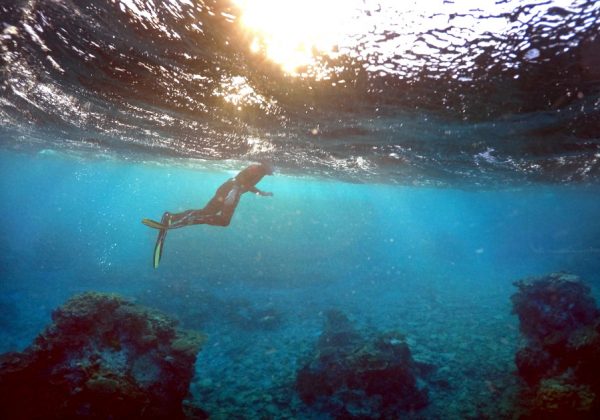Researchers at the Technion – Israel Institute of Technology, Ben-Gurion University of the Negev and Bar-Ilan University have been collaborating on a project to help rebuild coral reef systems around the world, using a 3D printing model to create artificial coral structures, according to research published by the universities.
Coral reef systems are being continuously degraded worldwide. This technology, now being applied of the coast off Eilat, will help to rebuild the diversity of the underwater ecosystem by introducing these manufactured structures into systems that are becoming unable to regenerate themselves.
Coral reefs are disappearing for many reasons, due to causes both natural and man-made, mainly from waters overheated by climate change, dynamite fishing and chemicals in sunscreen that reach the reefs. Invasive fish, such as the lion-fish, which hunts the in coral reefs, also cause them much damage.
Over 30% of the Great Barrier Reef, the world’s largest coral reef system located in the Coral Sea off the coast of Australia, was knocked out by heatwaves occurring in 2016 and 2017, raising water temperatures to uninhabitable levels for these natural systems. Scientists have indicated that if the earth’s average temperature rises another four degrees Fahrenheit, almost all of the world’s coral reef systems will be lost, which are used as essential nurseries for many species of fish that feed over a billion people a year.
The 3D printed reefs can imitate natural shapes that attract different species of fish, which will use these artificial structures as their nurseries, in an attempt to bring back the lively population of fish that once inhabited the coral reefs of Eilat.
“Many factors are known to affect the possible recruitment of reef organisms and especially fish. One important factor is the structural complexity of a coral colony, which in turn provides shelter to residing fish. It has been shown that a coral structural complexity correlates with the reef biodiversity,” the researchers said.
The 3D printer uses polyactic acid, a biodegradable and bio-active bio-plastic made from corn, cassava or sugarcane, to produce these column-like structures which are then installed into the water. From there, the columns are planted individually with farmed coral to mimic the complexities of coral reef ecosystems.
These efforts will in theory bring important species of fish back to these areas in an attempt to completely reconstruct the barren reefs along the coast of Eilat.
The scientists have played around with many different shapes, colors and materials to come up with the final design of the product being introduced off the coast of Israel. Early indicators suggest that the preferences of many of these species differ depending on contrasting combinations of material and color.
“As a research group that is composed of marine biologists and designers, we seek to find the next practices and tools to explore ecological functionality of coral morphology,” said the researchers. “We believe that coral reef rehabilitation and management as well as artificial reef construction require better understanding of how the single coral colony morphology interacts with its inhabitants.”
In this specific study, the scientists are using 3D manipulation and printing to further understand whether man-made structures can foster a natural ecosystem where species of fish that are essential for these ecosystems can flourish, as well as the advantages of using advanced design tools such as 3D scanning and manipulation to create artificial corals.
“A successful implementation of this study may enhance our understanding of coral interactions with their surrounding environment, provide design tools for public displays such as large-scale aquariums and hence reduce their dependence on live corals, and provide a valuable design guidelines and tools when approaching the matter of active coral reef restoration,” the researchers explained.
“The biological results of the research need to be processed and analyzed further before they can be published. Yet, the design part of the process terminated with the second phase, in which 20 objects were installed in the Red Sea for observation. Initial results show that fish and invertebrates are using the 3D printed corals and finding them a good ‘home’ that they trust laying their eggs [in],” they concluded.
var cont = `Join Jerusalem Post Premium Plus now for just $5 and upgrade your experience with an ads-free website and exclusive content. Click here>>
`; document.getElementById(“linkPremium”).innerHTML = cont; (function (v, i){ });







